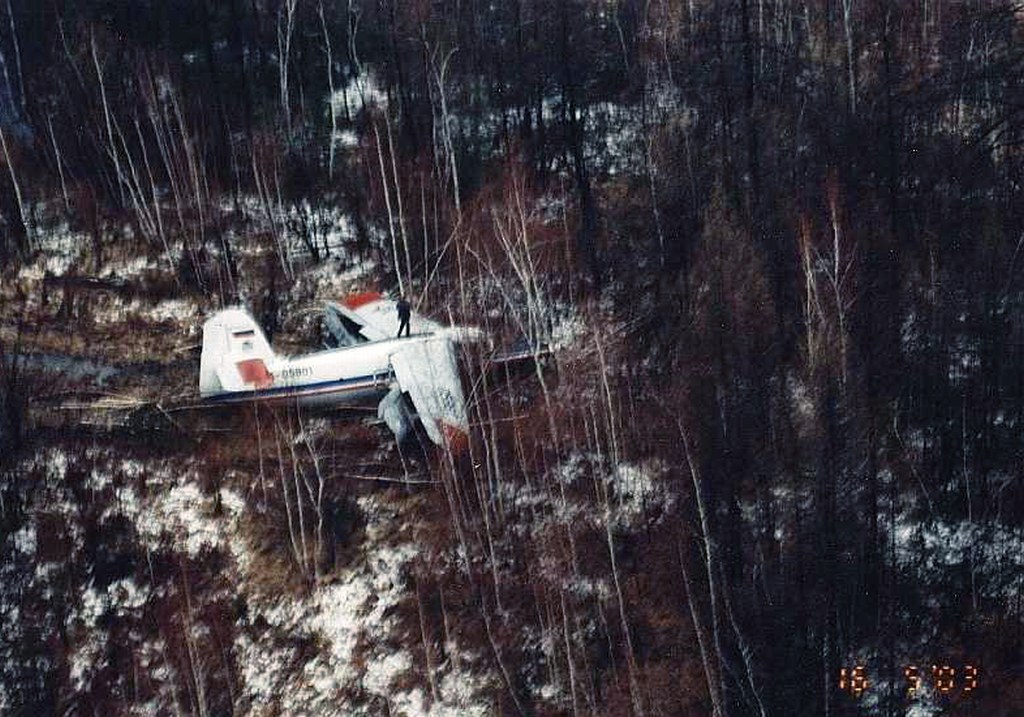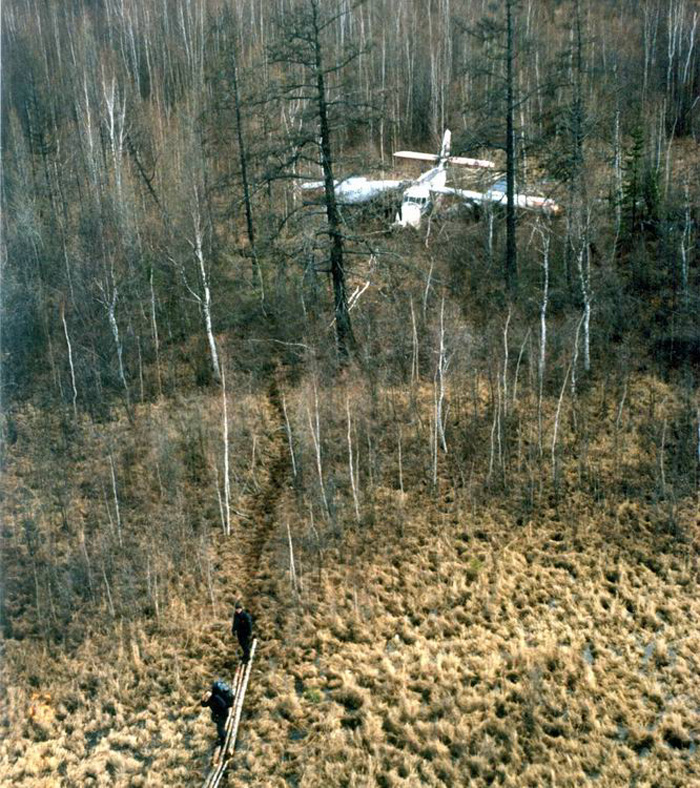Region
Crash of a PZL-Mielec AN-2Sx in Yaroslavy
Date & Time:
Jul 9, 2004
Registration:
RA-02230
Survivors:
Yes
Schedule:
Yaroslavy - Yaroslavy
MSN:
1G235-01
YOM:
1989
Crew on board:
2
Crew fatalities:
Pax on board:
0
Pax fatalities:
Other fatalities:
Total fatalities:
0
Circumstances:
The crew already completed 15 spraying sorties successfully that day. After being refilled with a load of 1,200 kg of chemicals for the next mission, the crew started the takeoff procedure with flaps down to 20° from the middle of the runway which is 850 metres long. At a speed of about 90-100 km/h, the crew started the rotation but the aircraft failed to respond. It overran, struck an embankment located 572 metres past the runway end and crashed, bursting into flames. Both pilots were seriously injured and the aircraft was destroyed.
Probable cause:
It was determined that the engine lost power during the takeoff procedure because the fuel filter was blocked by fertilizers that probably fell in the fuel during servicing prior to departure. The decision of the crew to start the takeoff procedure from the middle of the runway was considered as a contributing factor as the distance available was insufficient for a rejected takeoff.
Crash of a Lisunov LI-2T in Moscow: 3 killed
Date & Time:
Jun 26, 2004 at 1728 LT
Registration:
RA-1300K
Survivors:
Yes
Schedule:
Moscow - Kaluga
MSN:
234 416 05
YOM:
1952
Crew on board:
3
Crew fatalities:
Pax on board:
2
Pax fatalities:
Other fatalities:
Total fatalities:
4
Circumstances:
After takeoff from Moscow-Myashkovo Airport runway 06, while climbing, the left engine failed. The aircraft lost height then struck the roof of a house and crashed in the residential area of Zaozerye located 2,5 km from the airport, three minutes after takeoff. Two occupants were seriously injured while three others were killed. Few hours later, one of the survivor died from his injuries, thus a passenger was the only survivor. This model was the last LI-2 airworthy in the world.
Probable cause:
Failure of the left engine during initial climb due to fuel exhaustion. Investigations determined that the fuel selector for the left engine was positioned on an empty tank. Poor flight preparation on part of the crew. The flight engineer was intoxicated at the time of the accident.
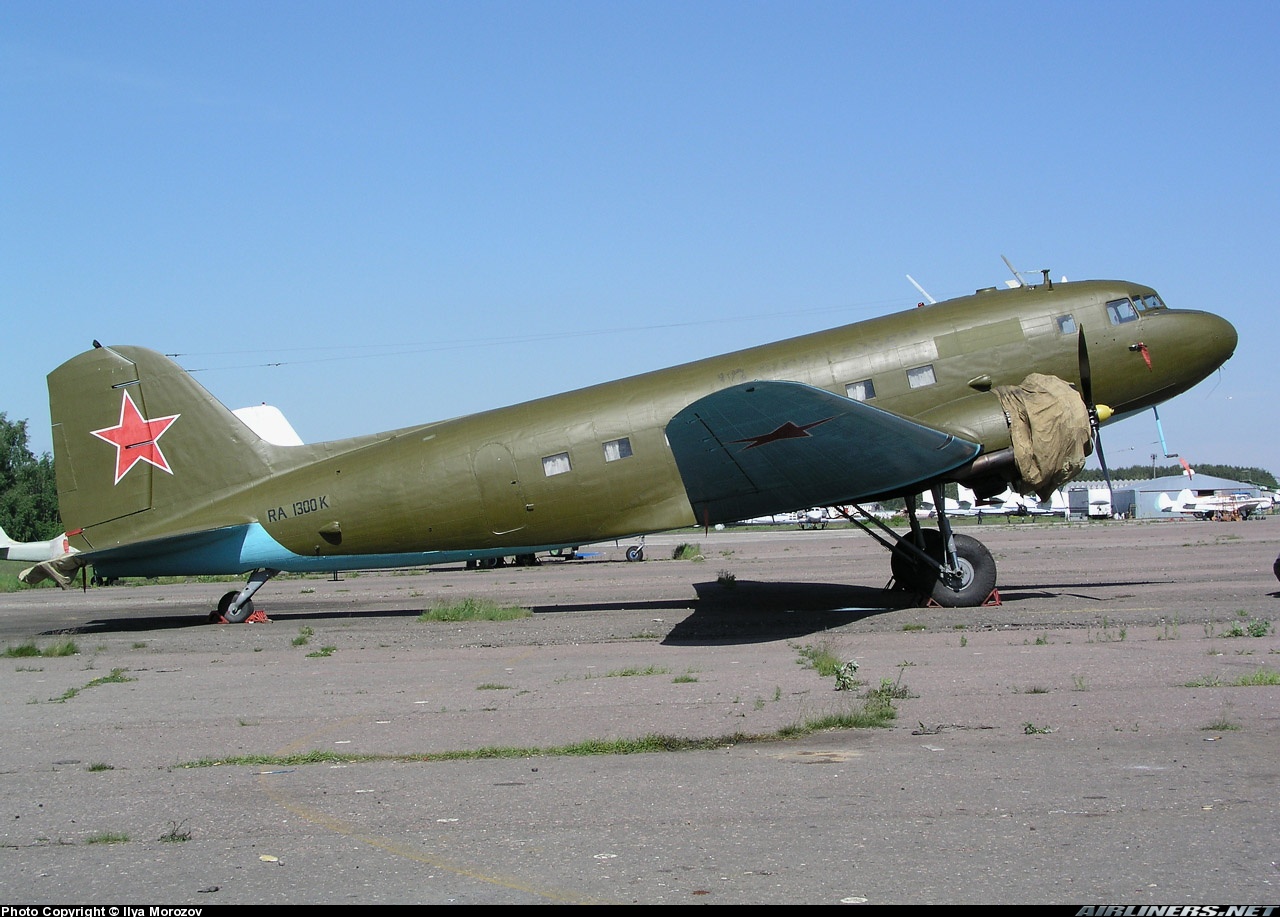
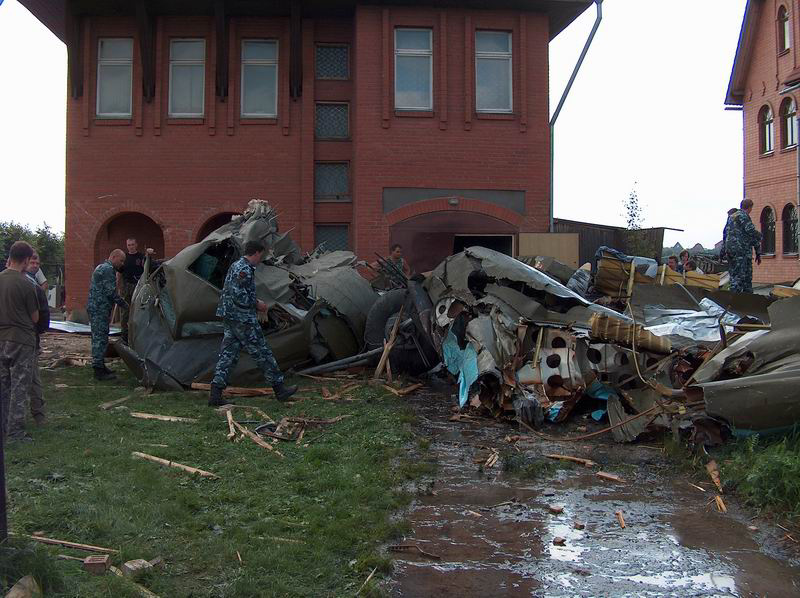


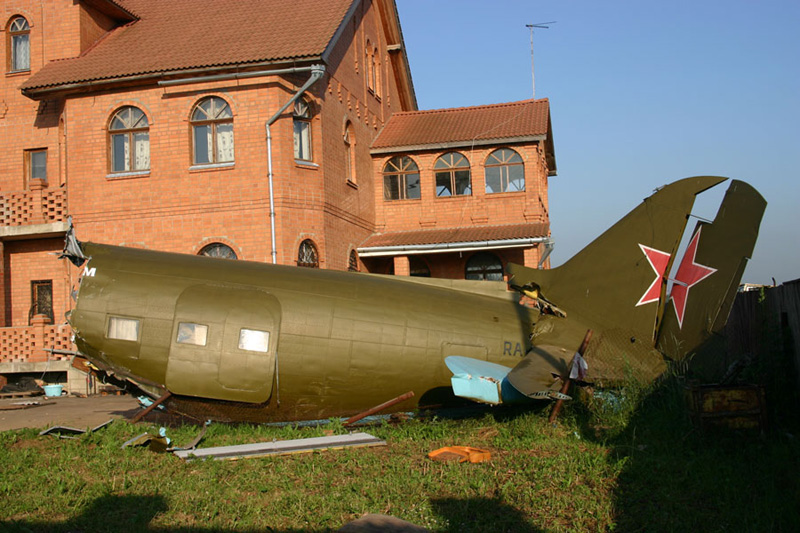
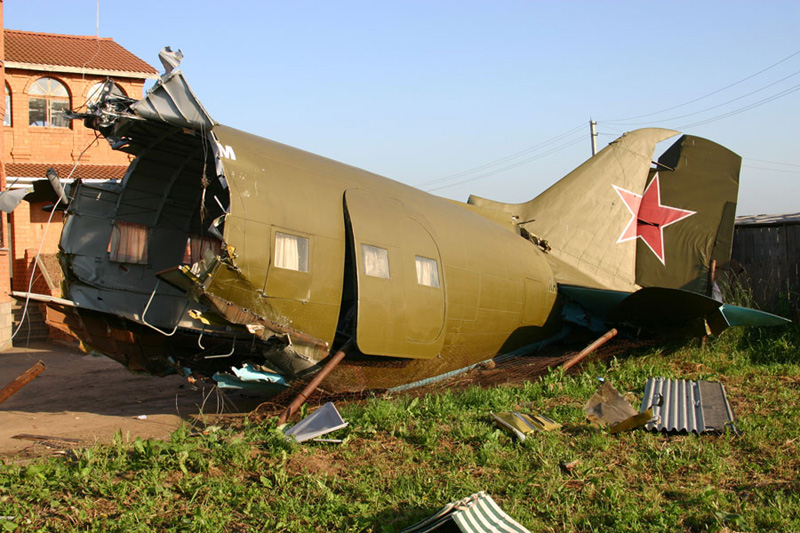



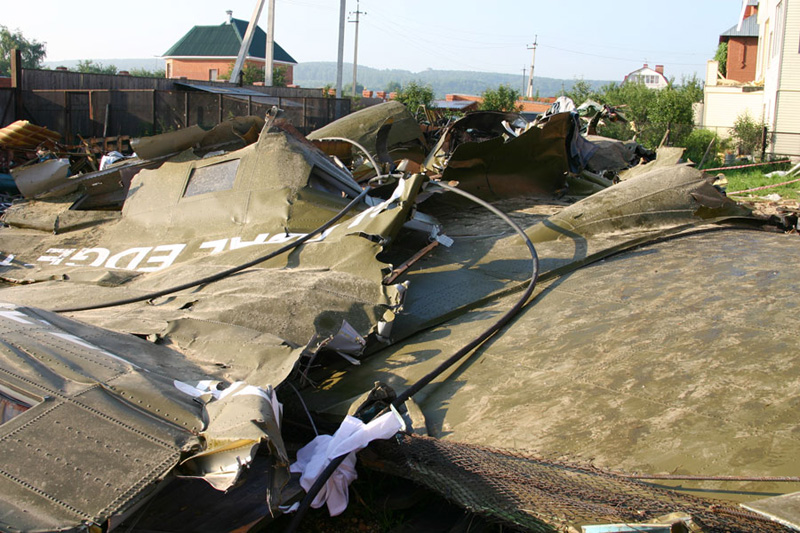
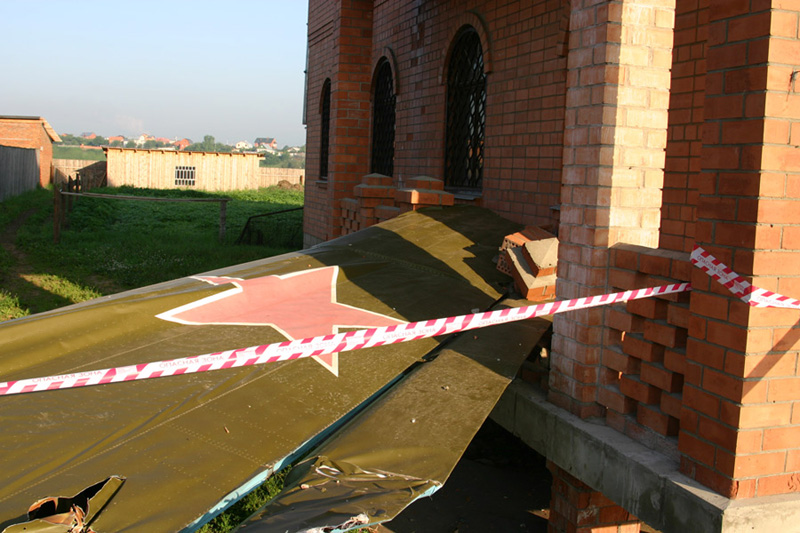
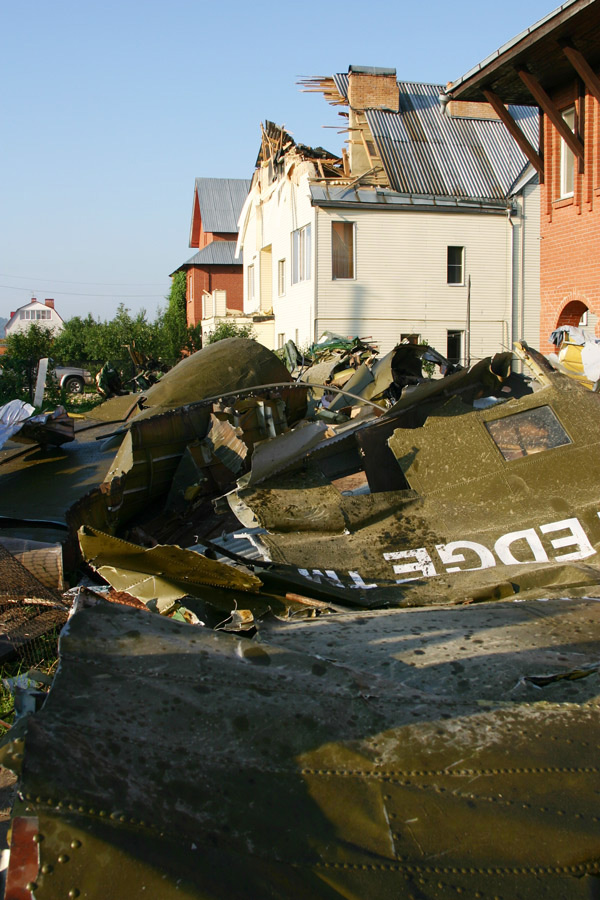
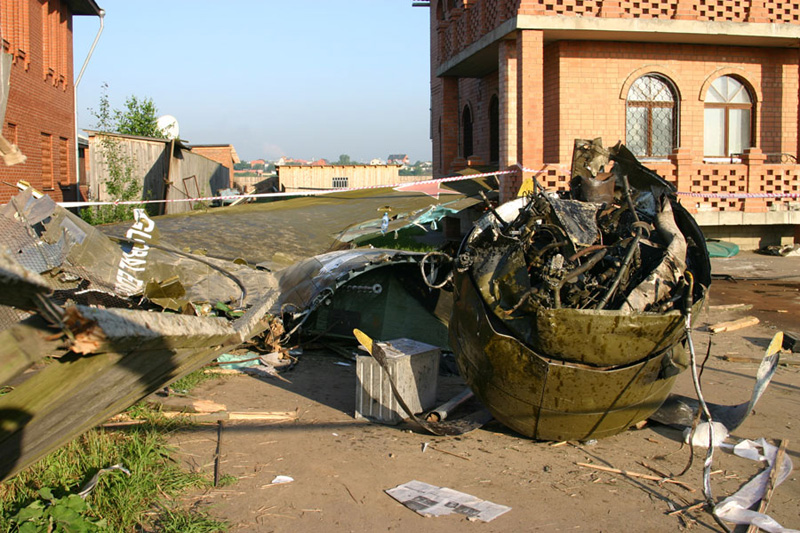
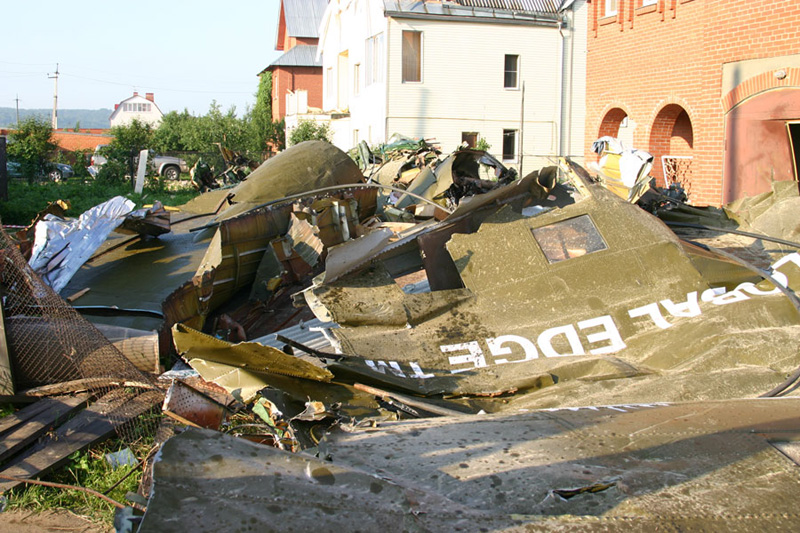

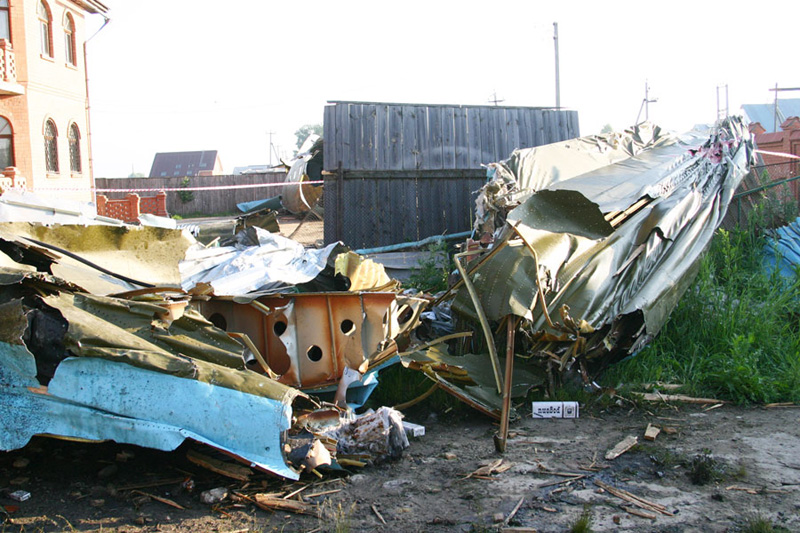
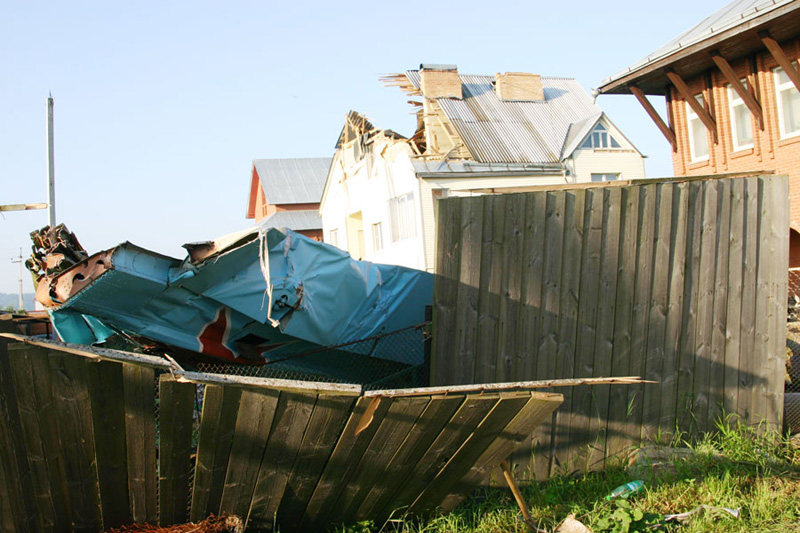


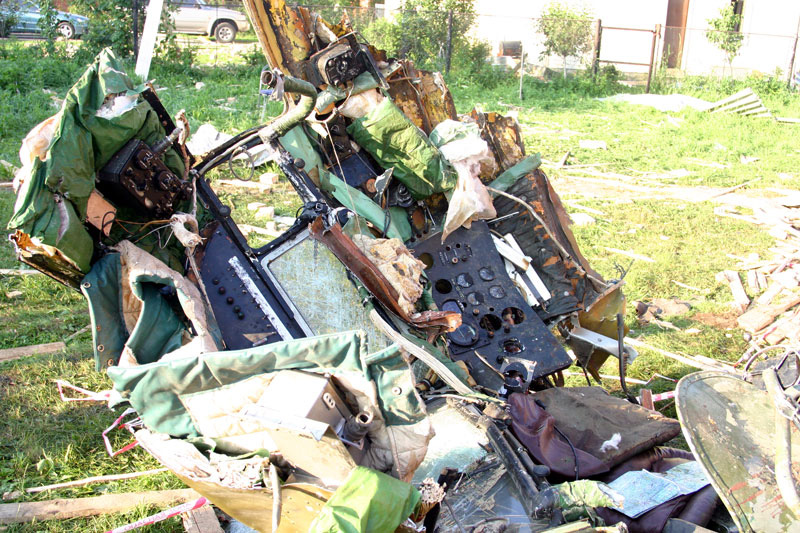

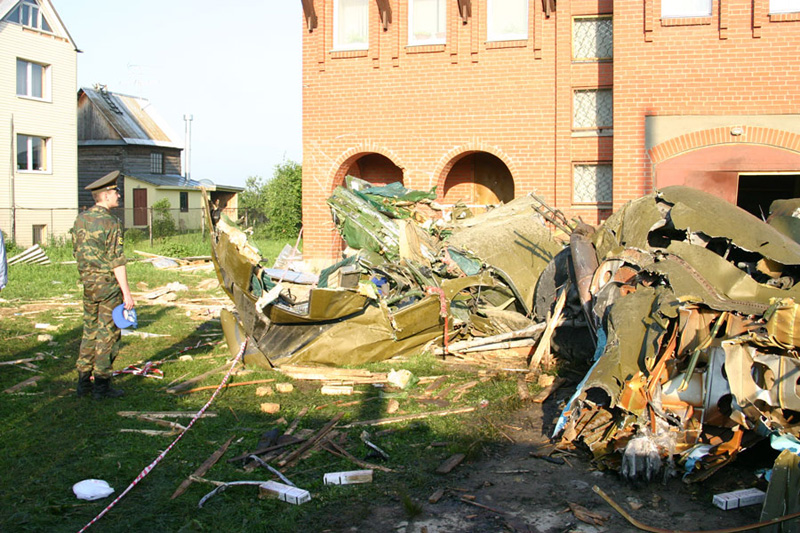
Crash of a PZL-Mielec AN-2R in Pavlovsk: 3 killed
Date & Time:
Mar 24, 2004 at 2125 LT
Registration:
RA-33596
Survivors:
No
Schedule:
Pavlovsk - Pavlovsk
MSN:
1G230-38
YOM:
1988
Crew on board:
2
Crew fatalities:
Pax on board:
1
Pax fatalities:
Other fatalities:
Total fatalities:
3
Circumstances:
The single engine aircraft was dispatched in Pavlovsk with one technician and two pilots for a local crop spraying mission. While on a night approach to Pavlovsk Airfield, the crew failed to realize his altitude was too low. On final, both lower wings collided with trees (10 metres high). The aircraft rolled to the left to an angle of 45° then crashed 390 metres short of runway, bursting into flames. All three occupants were killed.
Probable cause:
It was determined that the crew departed Pavlovsk without prior permission so the flight was considered as illegal. The approach was completed by night to an airport that was not suitable for night operations as it was not equipped with approach and/or runway lights.

Crash of an Antonov AN-2 in Tambovka
Date & Time:
Nov 5, 2003
Registration:
FLARF-00887
Survivors:
Yes
Crew on board:
0
Crew fatalities:
Pax on board:
0
Pax fatalities:
Other fatalities:
Total fatalities:
0
Circumstances:
Following technical problems, the crew was forced to attempt an emergency landing. The aircraft crash landed and came to rest, bursting into flames. There were no casualties.
Crash of a PZL-Mielec AN-2TP near Amakinskaya
Date & Time:
Oct 9, 2003
Registration:
RA-01440
Survivors:
Yes
Schedule:
Olenek - Amakinskaya
MSN:
1G231-20
YOM:
1988
Crew on board:
2
Crew fatalities:
Pax on board:
0
Pax fatalities:
Other fatalities:
Total fatalities:
0
Circumstances:
The single engine airplane departed Olenek on a cargo flight to Amakinskaya (Aykal) with two pilots on board and a load consisting of five fuel drums for a total weight of 900 kilos. While cruising at an altitude of 1,150 metres, the engine exploded and stopped. The crew elected to carry out an emergency landing in a field located 49 km north of Amakinskaya-3 Airport. On landing, the aircraft hit small trees and crashed. Both pilots escaped uninjured while the aircraft was damaged beyond repair.
Probable cause:
The engine failure was the consequence of a fatigue fracture on the n°1 cylinder.
Crash of a Let L-410UVP in Moscow
Date & Time:
Jun 30, 2003
Registration:
FLARF-01192
Survivors:
Yes
Schedule:
Moscow - Moscow
MSN:
810718
YOM:
1981
Crew on board:
0
Crew fatalities:
Pax on board:
0
Pax fatalities:
Other fatalities:
Total fatalities:
0
Circumstances:
While flying in the vicinity of Moscow-Myachkovo Airport, the aircraft suffered a double engine failure. The pilot completed an emergency landing in a field near the airport. While all occupants were uninjured, the aircraft was damaged beyond repair. The exact date of the mishap remains unknown, somewhere in June 2003.
Probable cause:
Double engine failure for unknown reasons.
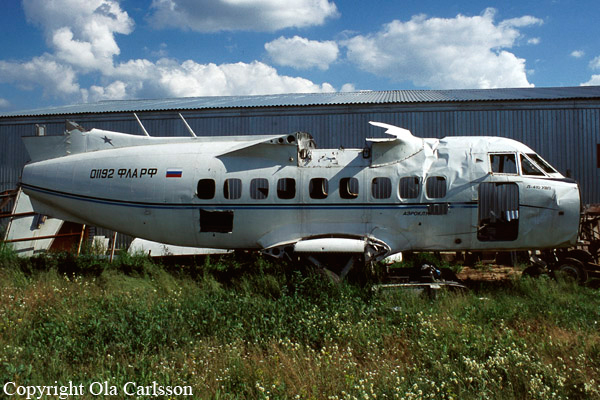
Crash of a Tupolev TU-134SKh in Nyagan
Date & Time:
Jun 24, 2003
Registration:
RA-65929
Survivors:
Yes
Schedule:
Nyagan – Salekhard
MSN:
66495
YOM:
1987
Crew on board:
9
Crew fatalities:
Pax on board:
2
Pax fatalities:
Other fatalities:
Total fatalities:
0
Circumstances:
The aircraft was subject to major maintenance during the last two months, especially with the rudder actuators that were replaced. As there were still problems with the actuators during the last flight, decision was taken to make the appropriate adjustments followed by a flight to Salekhard. During the takeoff roll on runway 16/34, at a speed of 150 km/h, the aircraft deviated to the left and the captain decided to counter this deviation by using the nosewheel steering system. This caused the right front tyre to burst. At a speed of 250 km/h, the takeoff procedure was abandoned but this decision was taken too late. Unable to stop within the remaining distance (the runway 16/34 is 2,530 metres long), the aircraft overran, lost its nose gear and rolled for 577 metres before coming to rest. All 11 occupants escaped uninjured while the aircraft was damaged beyond repair.
Probable cause:
The following findings were identified:
- Poor quality of work from the engineering personnel of Voronezh Avia during the replacement and adjustment of the hydraulic amplifier GU-108D,
- Unsatisfactory flying and technical operation of the aircraft after the completion of the replacement of the hydraulic amplifier, during which the incorrectly installed rudder actuator was not discovered,
- The decision taken by the crew to continue the takeoff procedure despite significant efforts needed for the deflection of the right rudder pedal already noted during the preflight checks,
- The late rejection of the takeoff procedure.
- Poor quality of work from the engineering personnel of Voronezh Avia during the replacement and adjustment of the hydraulic amplifier GU-108D,
- Unsatisfactory flying and technical operation of the aircraft after the completion of the replacement of the hydraulic amplifier, during which the incorrectly installed rudder actuator was not discovered,
- The decision taken by the crew to continue the takeoff procedure despite significant efforts needed for the deflection of the right rudder pedal already noted during the preflight checks,
- The late rejection of the takeoff procedure.
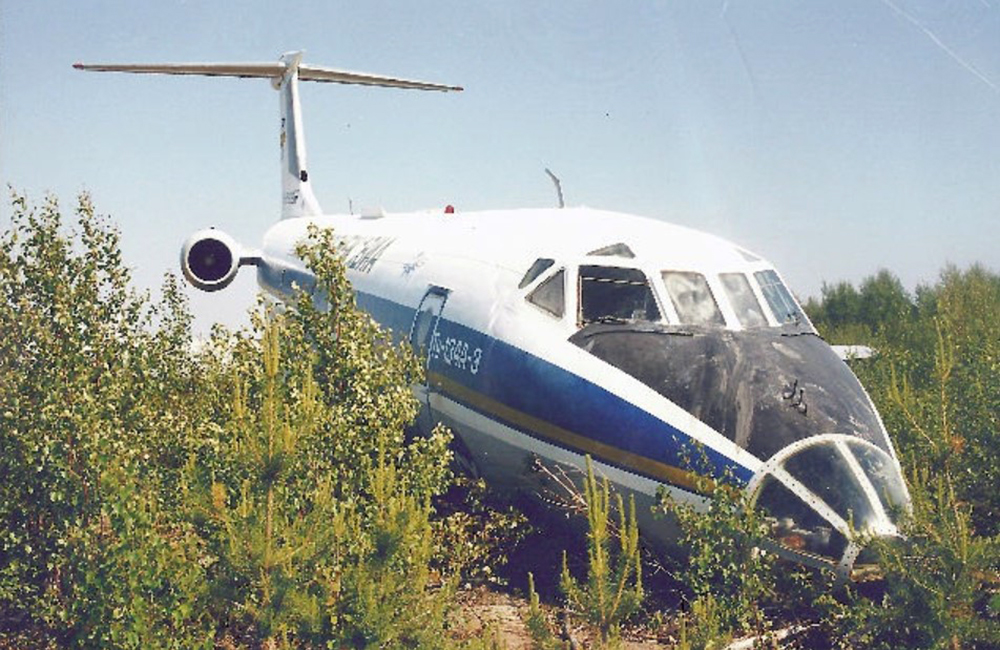
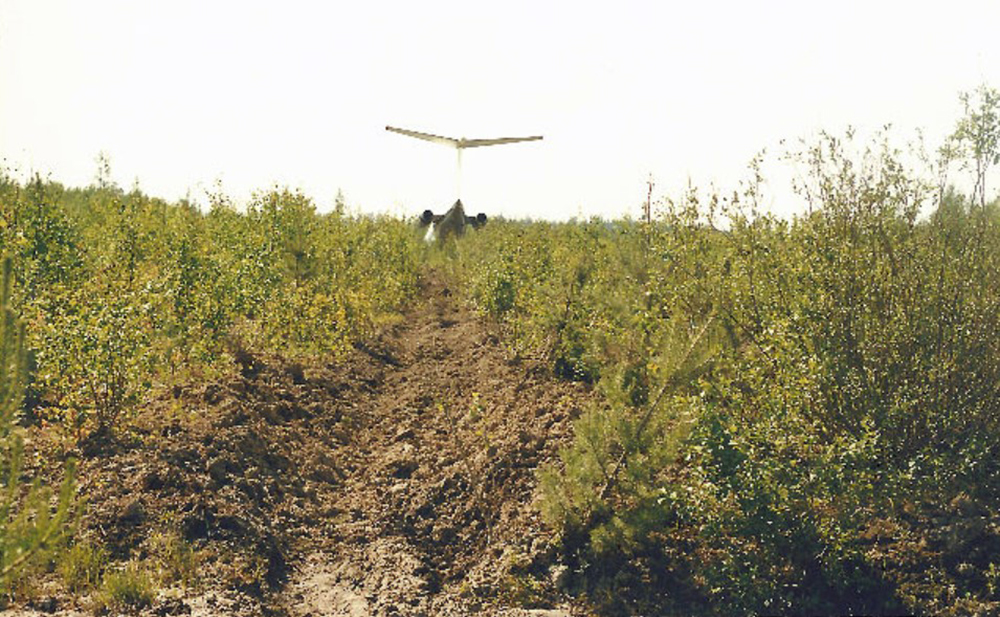
Crash of an Antonov AN-3T near Sangar
Date & Time:
May 16, 2003 at 1321 LT
Registration:
RA-05881
Survivors:
Yes
Schedule:
Sangar – Yakutsk
MSN:
2218-18-01
YOM:
2002
Crew on board:
2
Crew fatalities:
Pax on board:
11
Pax fatalities:
Other fatalities:
Total fatalities:
0
Circumstances:
En route from Sangar to Yakutsk-Magan Airport, while cruising at an altitude of 1,000 metres in snow falls, the engine failed. The aircraft lost height and the crew attempted an emergency landing when the aircraft struck trees and crashed in a swampy and wooded area located 45 km from Sangar. All 13 occupants were injured and the aircraft was damaged beyond repair.
Probable cause:
Failure of the engine in flight after melted snow and ice entered the engine air intake. The following contributing factors were identified:
- The crew failed to feather the propeller after the engine failed, causing high drag,
- The crew modified his route and continued the prescribed altitude,
- Weather conditions were poor and did not allow to fly under VFR mode,
- Lack of ATC assistance.
- The crew failed to feather the propeller after the engine failed, causing high drag,
- The crew modified his route and continued the prescribed altitude,
- Weather conditions were poor and did not allow to fly under VFR mode,
- Lack of ATC assistance.
